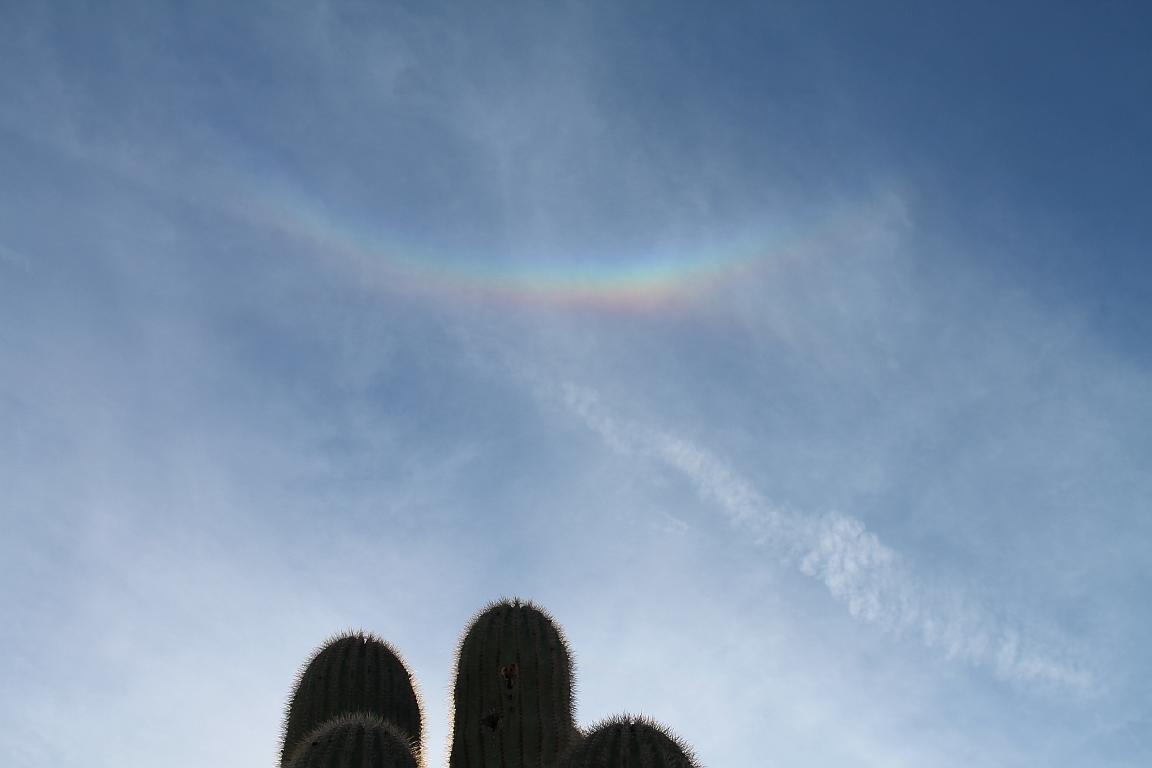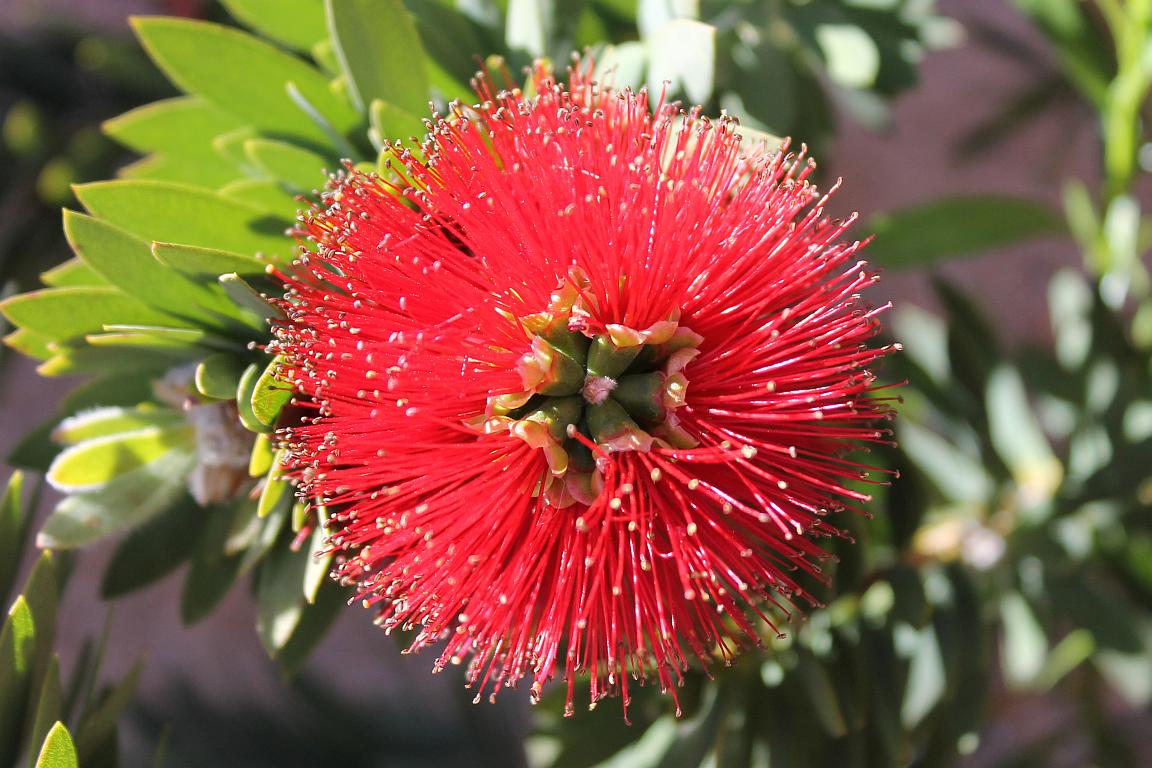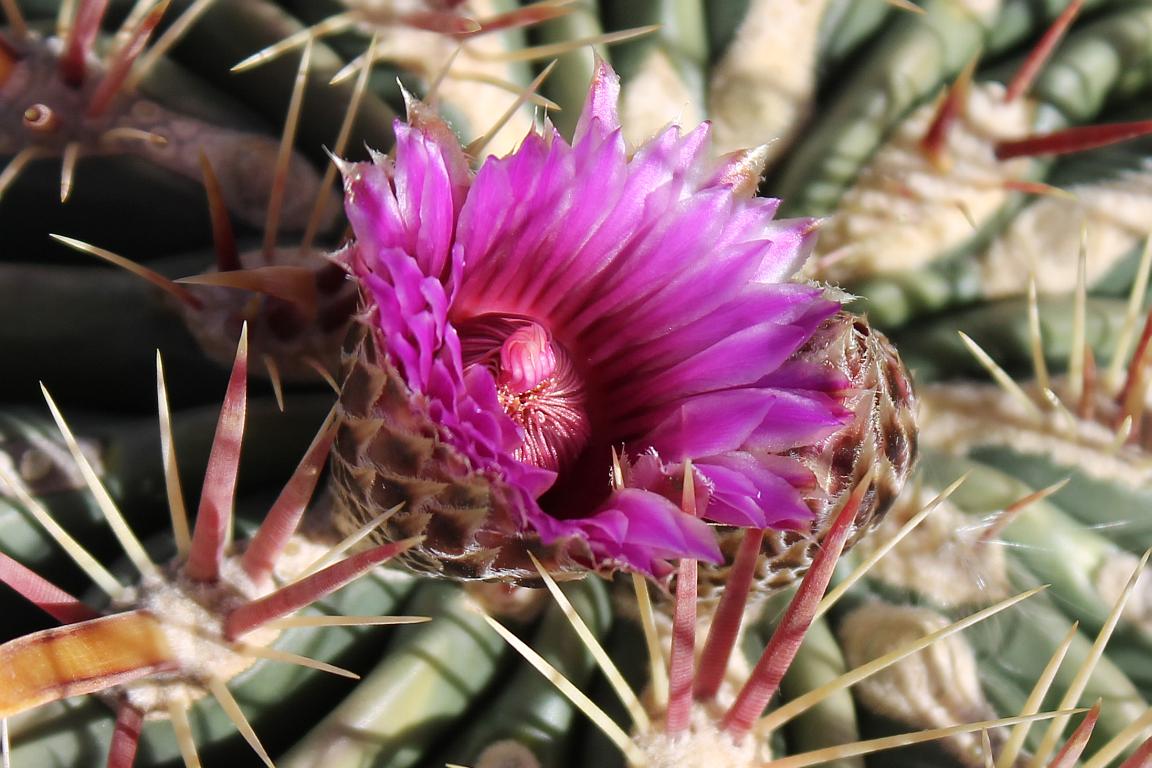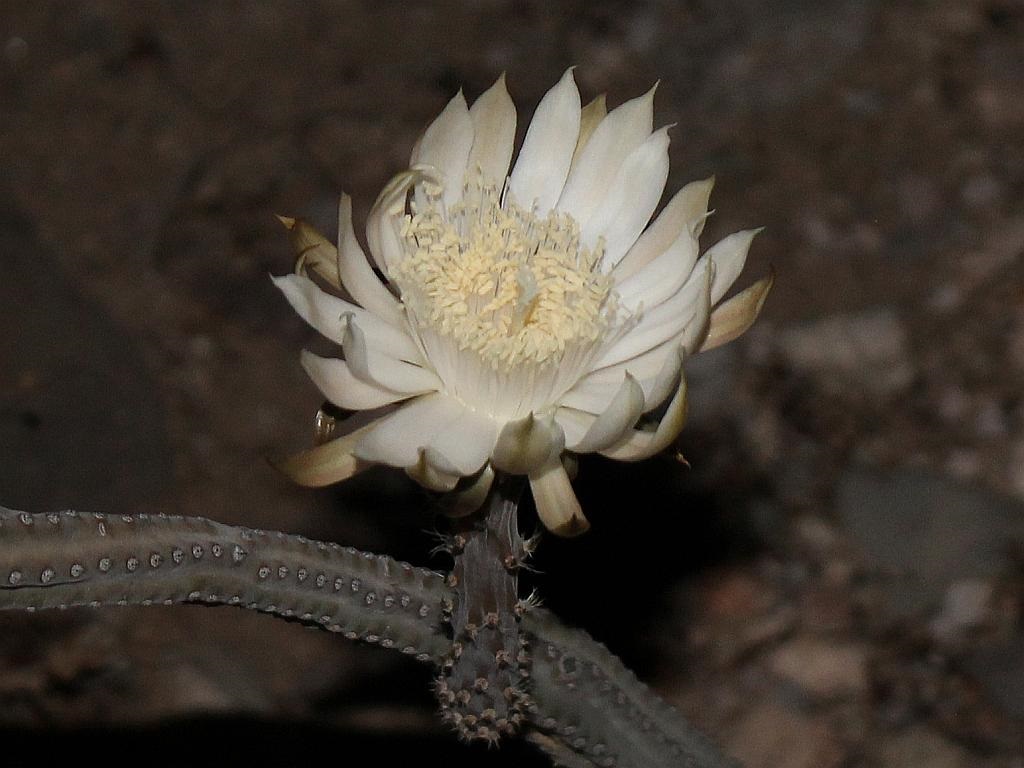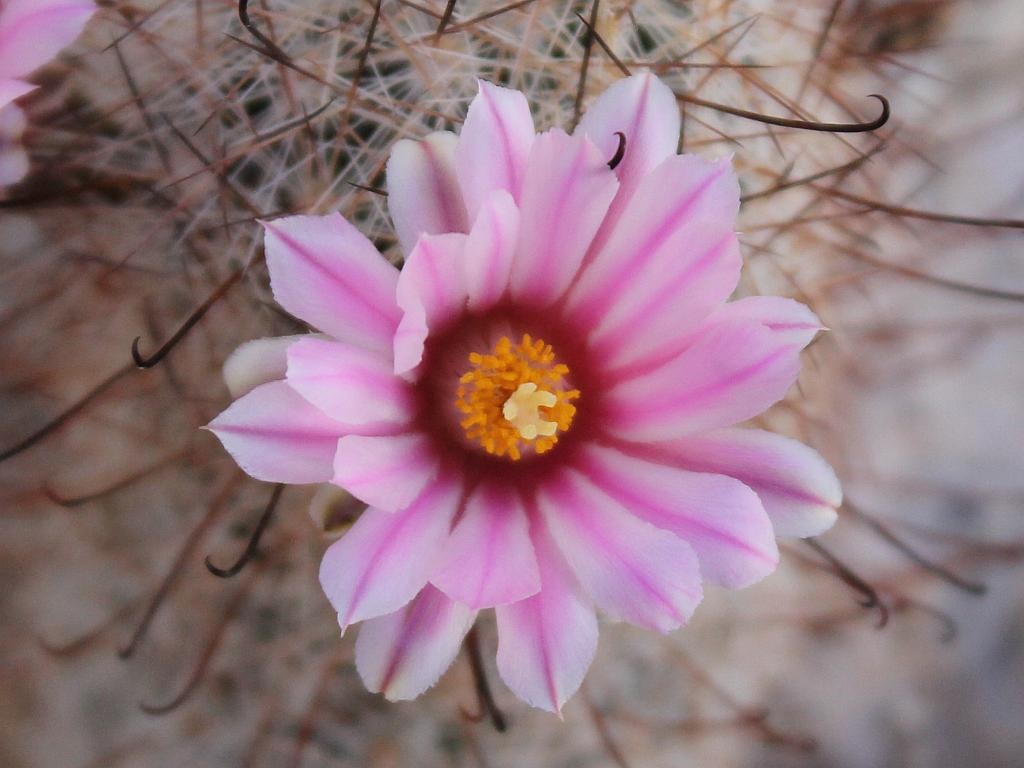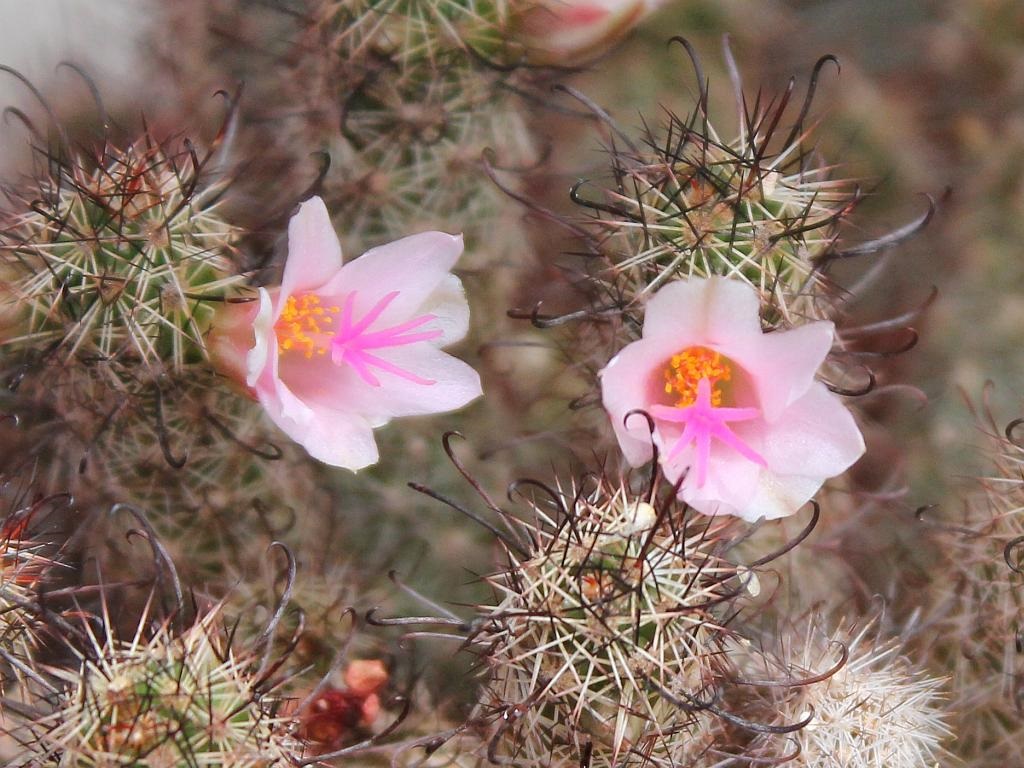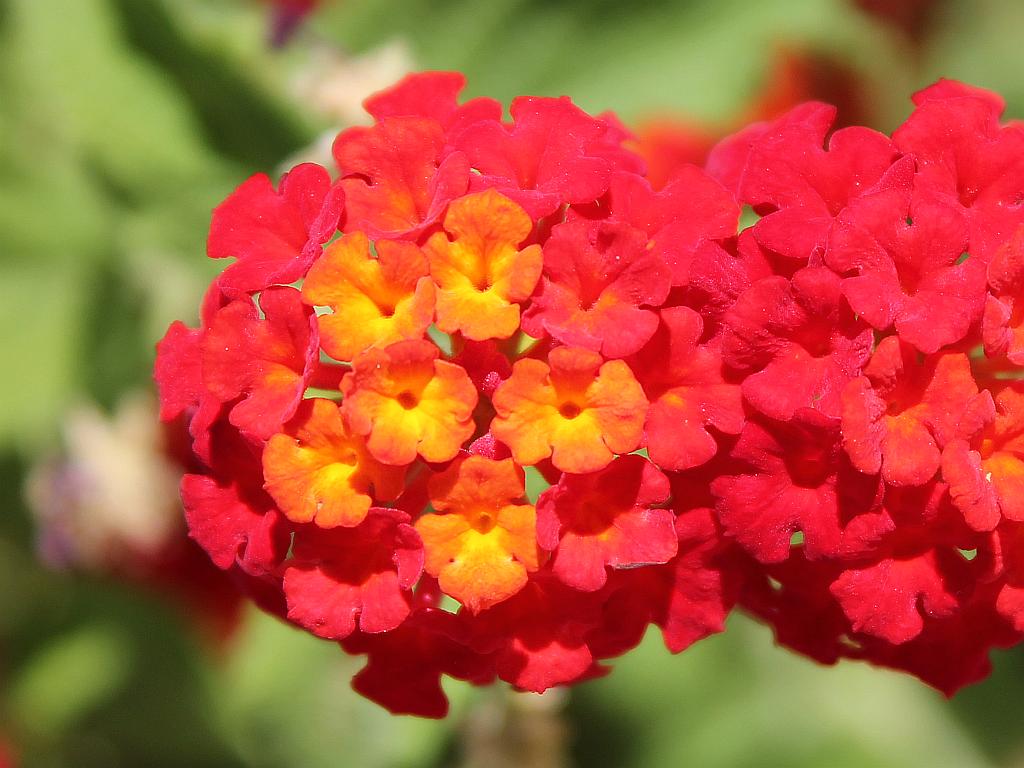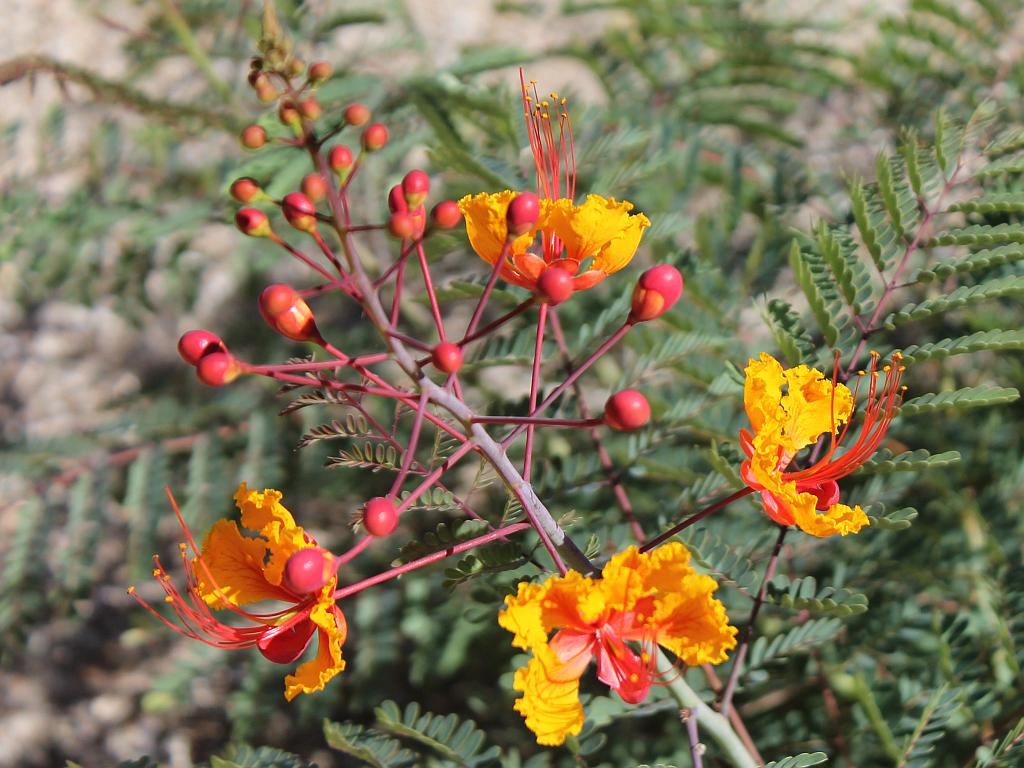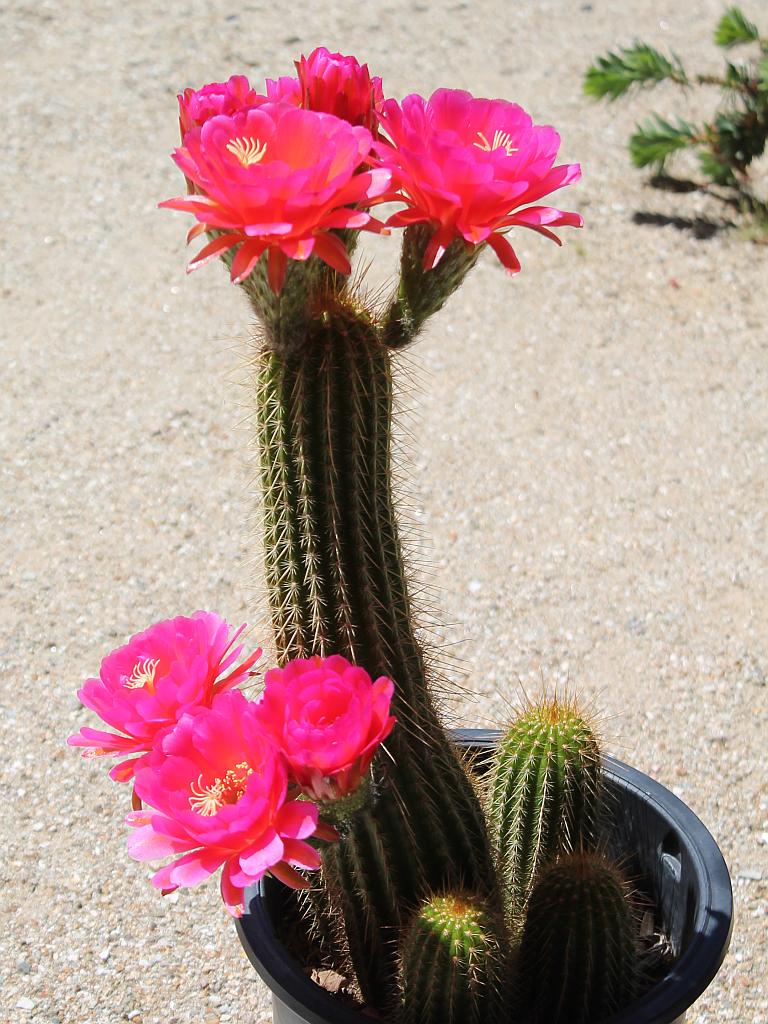When putting the BBQ grill away in the garage late this afternoon, we noticed a couple of Sun Dogs on either side of the sun. But, when looking almost straight up, we saw the rainbow which is not actually a rainbow at all but a Circumzenithal Arc. I went back into the house and got my camera to photograph the unusual phenomenon. I stood in the shadow of the big saguaro out front to get the photo above.
The weather was very spring-like today with high thin clouds, a light breeze and a high temperature of 72 degrees. No wonder that the snowbirds are here in force. We also currently have rodeo events which brings out lots of participants and observers.

